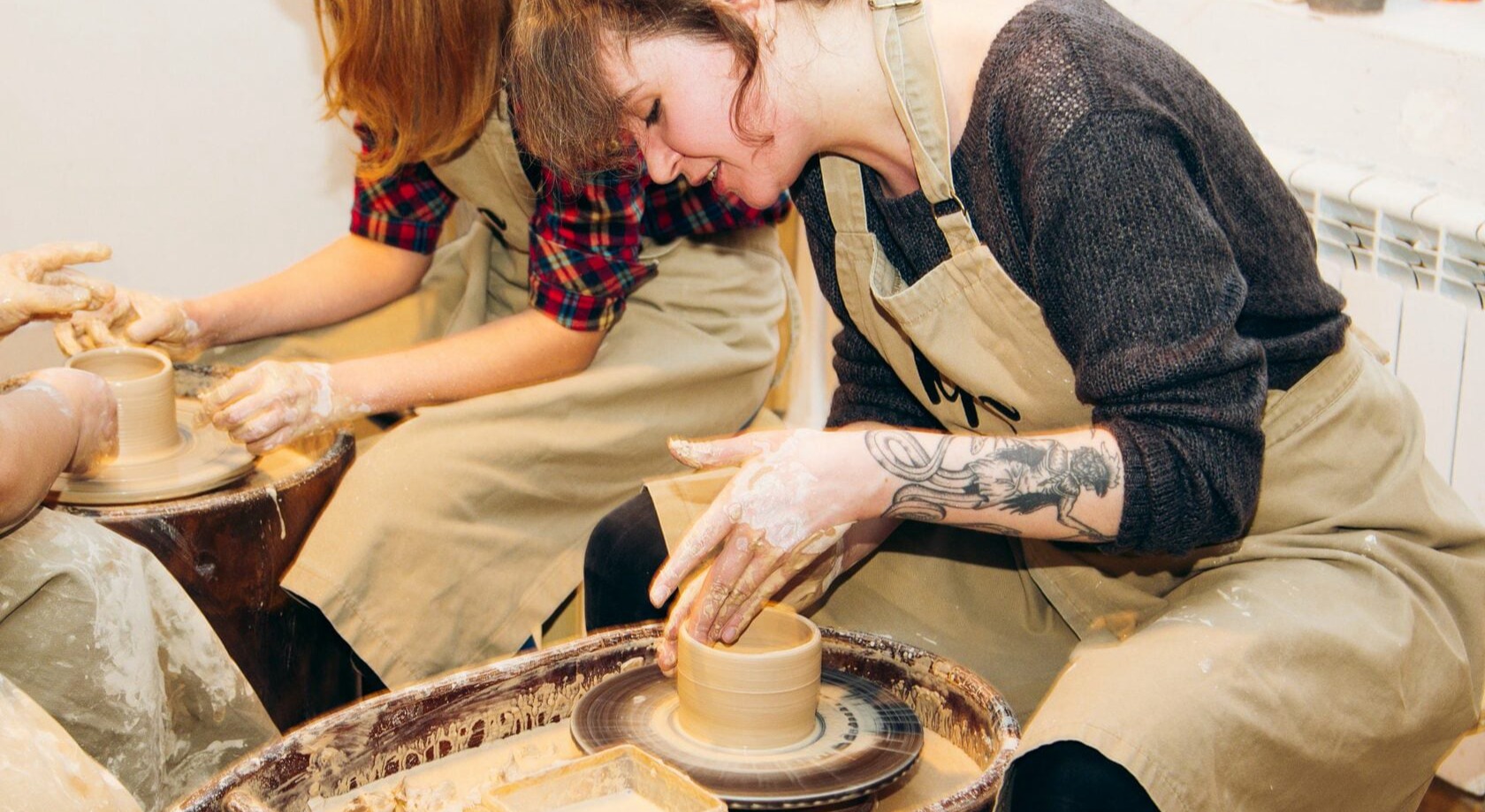
The History and Evolution of Pottery
Pottery is one of the oldest human inventions, dating back to ancient civilizations. The earliest known pottery pieces were created around 20,000 years ago, used primarily for storing food and water. These early pots were simple and functional, reflecting the basic needs of their creators.
As civilizations advanced, so did the art of pottery. Ancient Egyptians and Mesopotamians developed more sophisticated techniques, creating intricate designs and using pottery for religious and ceremonial purposes. The pottery of these cultures often featured elaborate patterns and symbols, reflecting their beliefs and traditions.
In East Asia, pottery evolved into a highly refined art form. Chinese potters, for example, developed porcelain, a type of ceramic known for its strength and beauty. The delicate and intricate designs of Chinese porcelain became highly prized and influenced pottery styles around the world.
During the Renaissance, pottery continued to evolve, with European artisans developing new techniques and styles. The majolica technique, involving tin-glazed earthenware, became popular in Italy and spread throughout Europe. This period saw a fusion of artistic styles and a renewed appreciation for the craftsmanship involved in pottery-making.
The Industrial Revolution brought significant changes to pottery production. The invention of machinery allowed for mass production, making pottery more accessible to the general public. Despite these advancements, handmade pottery remained highly valued for its uniqueness and artistic quality.
Today, pottery continues to be a vibrant and evolving art form. Contemporary potters draw inspiration from traditional techniques while innovating with new materials and methods. The rich history of pottery serves as a foundation for modern artists, connecting the past with the present.